How to Tell If Someone Blocked You on iPhone without Calling Them
Have you ever sent a text or tried to reach out to someone on your iPhone, only to wonder if you’ve been blocked? It’s a frustrating and awkward situation, especially if you want to avoid the direct approach of making a phone call.
Thankfully, there are subtle signs and clues within iMessage, FaceTime, and other iPhone features that can help you figure out whether someone has blocked you.
Understanding these indicators can save you from unnecessary confusion while respecting the other person’s privacy. Let’s explore how to identify blocking without dialling.
What Happens If You're Blocked on iPhone
When someone blocks you on an iPhone, several changes occur that can indicate you’ve been blocked:
Messages and Calls:
- Your iMessages to the person won't show a “Delivered” or "Read" receipt.
- Calls will go straight to voicemail without ringing on their end. However, the voicemail won’t appear in their inbox.
- FaceTime attempts will ring endlessly on your side, but the recipient won’t be notified.
Location Sharing:
- If you were sharing your location, the other person will get a notification that location sharing has stopped.
No Direct Notification:
- The person who is blocked isn’t informed directly. They may only notice these symptoms when trying to contact the blocker.
Blocking applies across Apple’s ecosystem (Messages, Phone, FaceTime, and Mail) if the blocker uses the same Apple ID on all devices.
How to Tell If You're Blocked on iPhone without Calling
You can detect if someone has blocked you on iPhone by texting the person and carefully observing their messaging behaviours, particularly with iMessage, and comparing results based on the version of iOS they use.
Read Receipts for iOS 16.5 or Later:
- No Status: If there’s no delivery or read receipt (whether you send an iMessage or SMS), it might indicate you’re blocked. It could also mean either you or the recipient has turned off Read Receipts.

- Delivered But Not Read: If your message shows as “Delivered” but never changes to “Read,” you are not blocked. However, the message might be ignored or overlooked.
- Delivered and Then Read: If the message status changes to “Read,” the recipient has seen your message, and you’re not blocked.
Read Receipts for iOS 16.4 or Earlier:
If your iMessage is not delivered and appears as a green bubble (SMS), the recipient may have blocked you. However, it could also be due to:
- The recipient is enabling Airplane Mode.
- Poor internet connectivity on either side.
Additional Clues:
If messages consistently fail to deliver or revert to SMS without any apparent reason, you might have been blocked.
- AirDroid Parental Control
- Set parental controls on iPhone from Android or any device with a browser
- Hide the app when the time limit is due, which makes time limits hard to bypass
- Block inappropriate URLs more completely and thoroughly
- Record website history even in Private Mode
You Can Hide Yourself When Calling
If you're worried someone might block you when they see your call, or if you want to keep your identity private, there are ways to hide your phone number.
1Hide Your Caller ID
You can disable your Caller ID through iPhone settings:
- Go to Settings > App> Phone.
- Tap Show My Caller ID and toggle it off.

When you call, your number will appear as Unknown or Private to the recipient.
2Use Dial Codes to Hide Your Number
In the United States, dialling *67 before the phone number hides your Caller ID for that specific call. For example: Dial *67 123-456-7890 to hide your number.
Tips:
- The special code is *67 in the US, *141 in UK and *1831 in Australia or New Zealand.
- This method may not work for all carriers or in all countries.
- Check your local carrier’s policy or test this feature beforehand.
3Borrow a Different Phone
You can borrow a phone from a friend or family member to call the recipient. Using an unfamiliar number increases the likelihood of the call being answered if the recipient has blocked your primary number.
4Use a VOIP Service
Several apps and services provide VOIP service, such as:
- Google Voice: Free and available for personal users in United States and Canada.
- PopTox: Allows free calls to mobile numbers via the Internet. It doesn’t provide virtual phone numbers.
- TextNow: Offers a free phone number for calls and texts in United States and Canada.
These services can be especially useful for international or anonymous calling.
How to Contact Someone Who Blocked You
If you need to reach someone who has blocked you, it's crucial to approach the situation respectfully. Here are methods to consider:
1Preparation: Plan Your Words Carefully
- Organise Your Thoughts: Before reaching out, plan what you’ll say to avoid wasting the opportunity. Keep your message clear, concise, and non-confrontational.
- Respect Their Privacy: Avoid pressuring or harassing the individual. If they continue to ignore or block you, it’s essential to respect their boundaries.
2Leave a Voicemail
Even if blocked, your calls may go directly to voicemail. Leaving a respectful and meaningful voicemail allows you to communicate your message without creating further tension.
3Contact via Other Messaging Apps
If blocked on one platform (e.g., iMessage), you might still be able to reach them on others such as Facebook Messenger, Instagram Direct Messages, WhatsApp or Email.
Choose an app where communication feels appropriate. Start with a polite greeting and express your intentions. If your attempts are met with silence or further blocking, it’s important to accept their decision and give them space.
Wrapping Up
Figuring out if someone has blocked you on an iPhone without calling them can feel tricky, but by observing certain clues—like iMessage delivery statuses, FaceTime behaviour, or changes in how the person interacts with you—it becomes easier to piece things together.
While none of these signs alone guarantee that you’ve been blocked, combining them can provide a clearer picture. Remember to approach the situation thoughtfully and respect the other person’s boundaries, as maintaining healthy communication is more important than finding definitive answers.



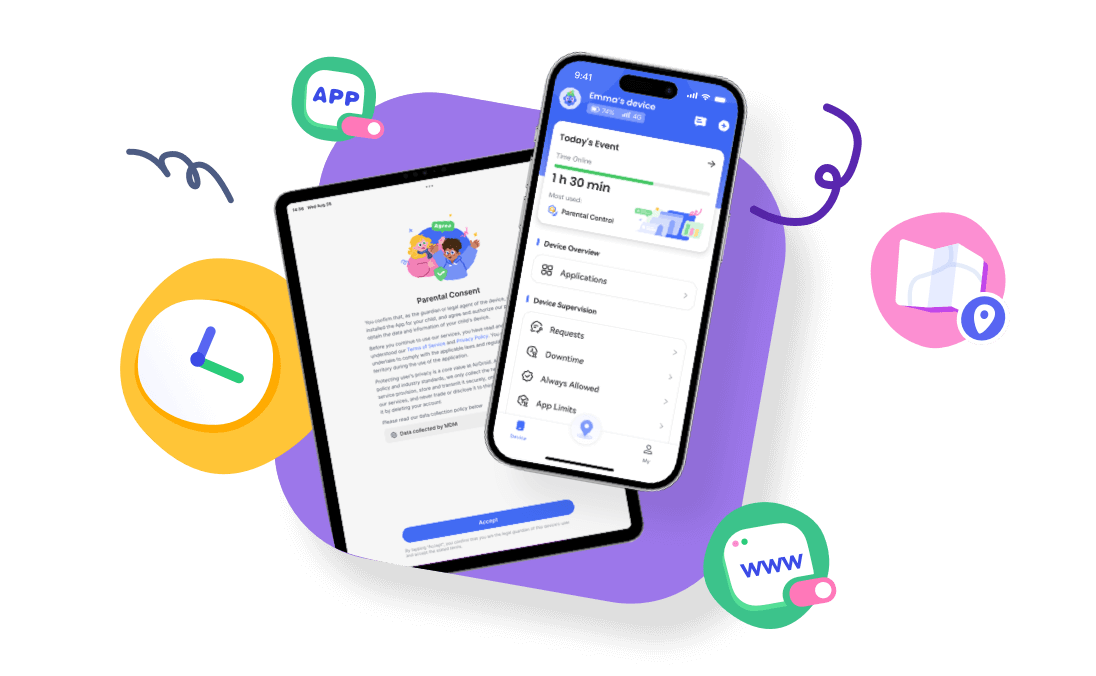






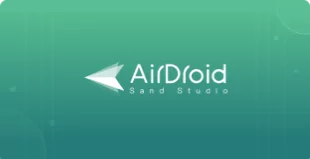
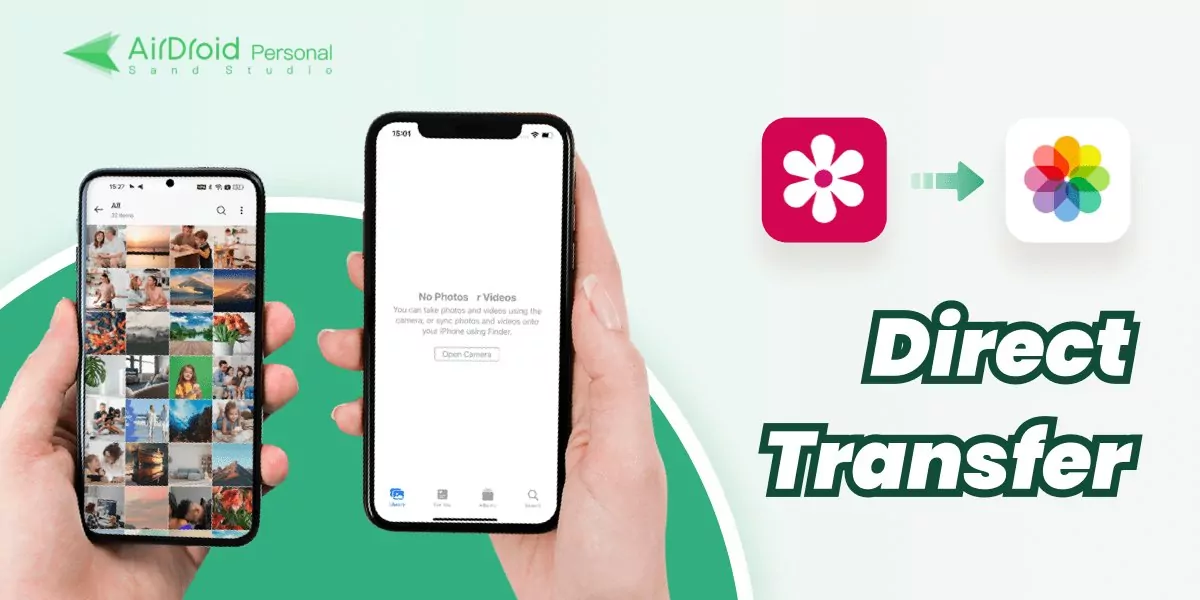
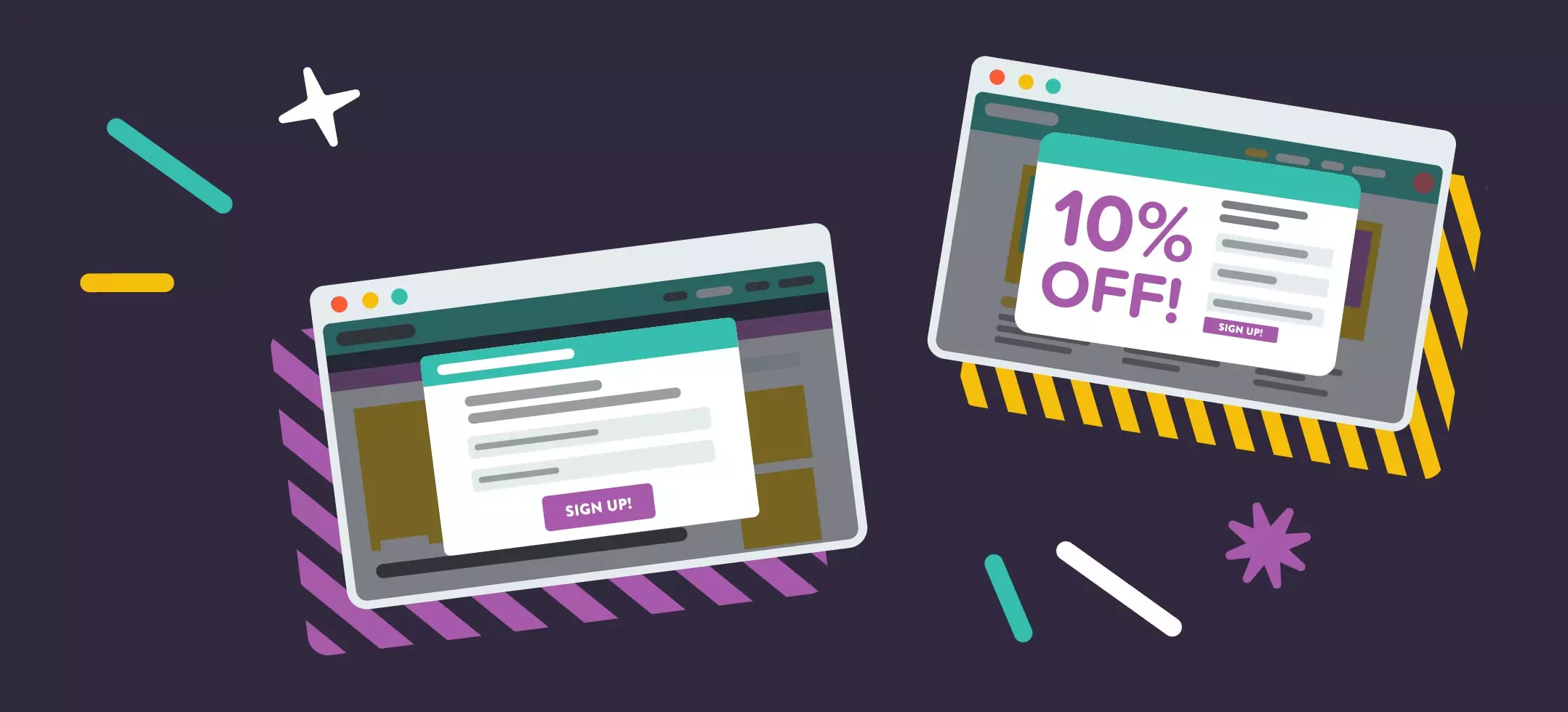
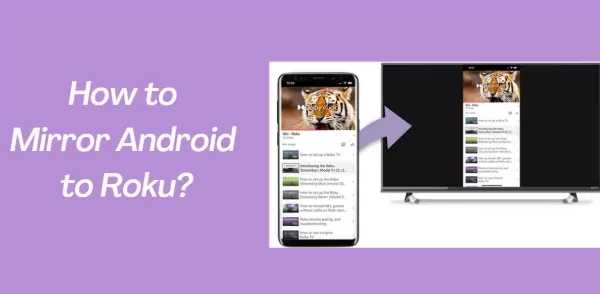

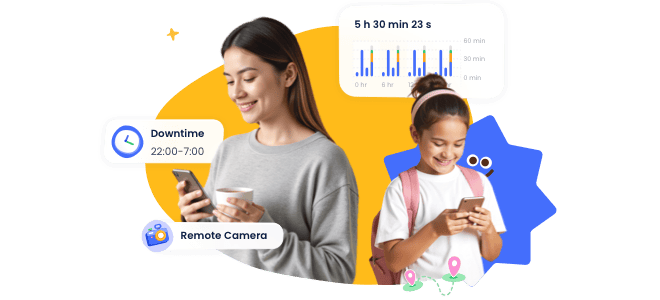
Leave a Reply.